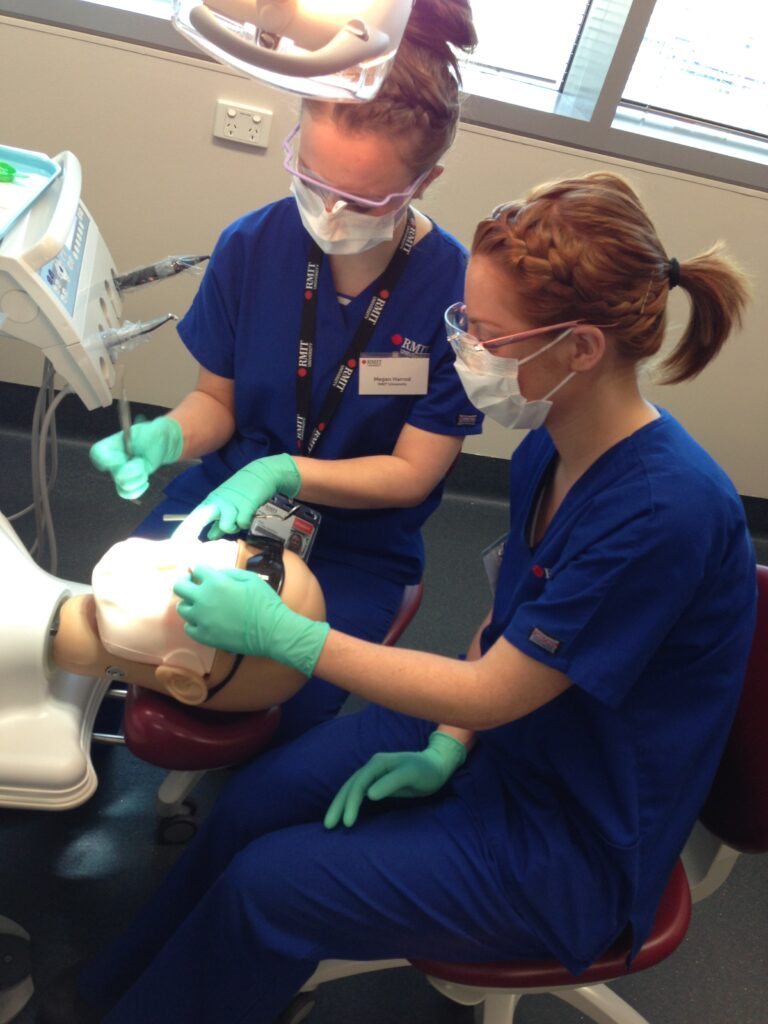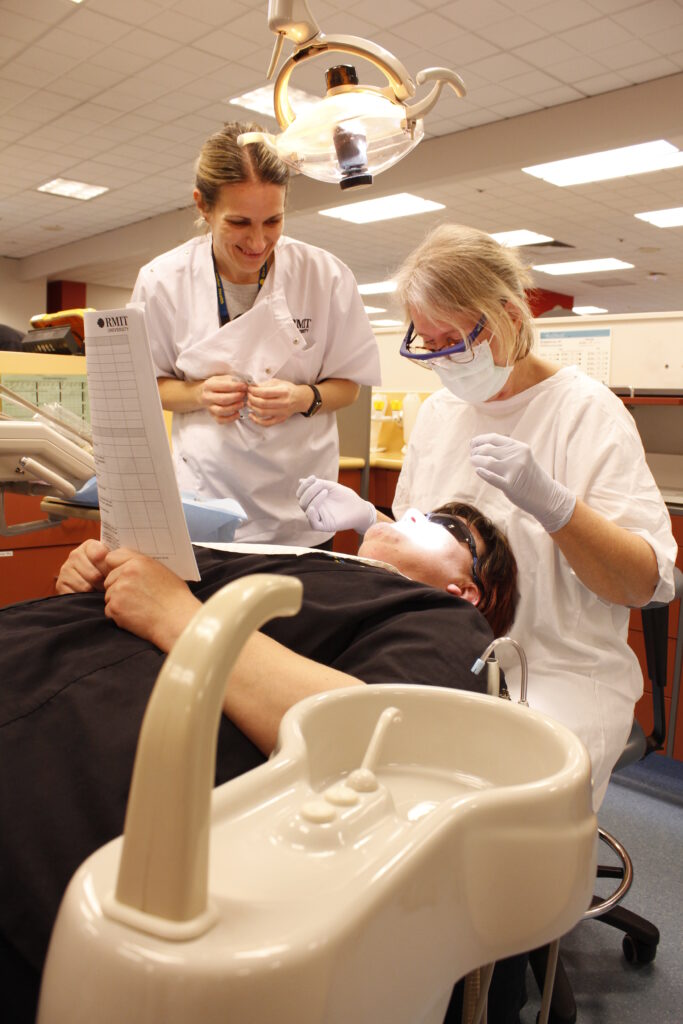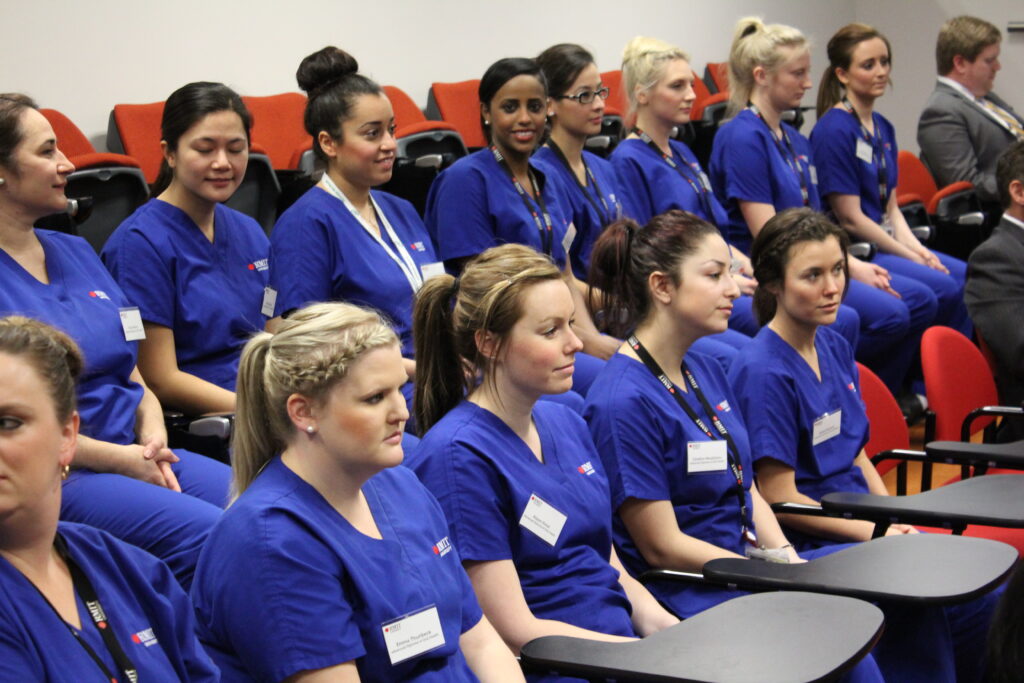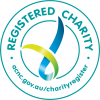RMIT partners for Victoria’s dental health
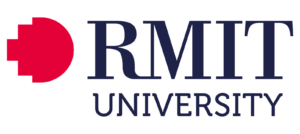
December 2022
A long-standing partnership between RMIT and Dental Health Services Victoria (DHSV) is building a workforce of dental assistants and technicians, while serving the oral health needs of vulnerable clients.
The Royal Dental Hospital began operations in Melbourne’s Carlton in the early 2000s. RMIT and the University of Melbourne helped design technical spaces and have occupied dedicated areas within the building ever since.
Real workplace exposure
RMIT’s specialist facilities at DHSV allow training and simulation and guarantee Certificate III, IV and Diploma students from around Victoria the necessary hours of workplace experience.
Trainees need a wide range of experiences. Partnering with DHSV expands their repertoire beyond what they learn with a local dentist.
We’re challenged to be contemporary and ‘real world’ about what students do. Translating from knowledge and skills to real industry practice leaves no ambiguity. You can’t be undertaking your clinical hours in a public clinic unless you’re ready to go.
Our students are integrated into DHSV’s workforce, with exposure to future employment opportunities.Mish Eastman, Deputy Vice Chancellor, Vocational Education & Vice President, RMIT
Client diversity means students deal with complex medical and social needs that might accompany poor oral health. Resilience is built for students, who are coming from different backgrounds, and RMIT staff.
Many students are migrants or international students. RMIT give them a broader view and exposure to options they wouldn’t know they had. Workplaces change rapidly. It’s beneficial to keep people attached to RMIT’s alumni.
Our arrangement integrates learning within real practice. It’s a team approach with dental assistants, technicians and undergraduate dentists all learning with our staff. Co-locating helps us work together for what’s best for students.
We don’t want to be an RTO. As a TAFE, RMIT brings the rigor of academic education that we couldn’t do ourselves.Susan McKee, Chief Executive Officer, Dental Health Services Victoria
Leadership
Effective leadership at all levels distinguishes the partnership, from committees setting the macro relationships, to people supporting smooth daily operations.
Leadership alignment means a joint understanding of vision and values. Everyone needs confidence and clarity for a robust partnership - identifying pain points, and how we’ll triage and problem solve. Having structure and rigour around that, defines and repositions moments of challenge.
We come back to those top line questions - what’s our relationship, what’s the purpose, how do we make it mutually beneficial?Mish Eastman, Deputy Vice Chancellor, Vocational Education & Vice President, RMIT
Allocating senior staff to manage relationships is critical to building aligned cultures and behaviours. An RMIT executive is the absolute point of connection for DHSV’s leaders.
If it’s just business development, it comes and goes.
It’s a testament to the partnership’s longevity, that we’ve navigated great times and tricky times and come through with a collaborative ambition to grow.Mish Eastman, Deputy Vice Chancellor, Vocational Education & Vice President, RMIT
COVID meant 2020 was a year of big change. We built a new senior team, agreeing common goals, being clear what to do when there’s a conflict. This is front facing clinical care, operational things go wrong. Our patients are vulnerable. We have to trust our partners will manage issues with the same vigour as us.
Senior leadership buy-in is essential. We have a clear escalation process. If an issue comes to me, I can get on the phone to RMIT and negotiate a new approach for the combined teams.Susan McKee, Chief Executive Officer, Dental Health Services Victoria
The partners are delivering solutions towards important social and health outcomes – RMIT produces a great workforce and DHSV provides a desperately needed service.
Collaborating on workforce planning for DHSV’s own workforce, in particular the State’s Smile Squad which visits schools and communities, is an ambition under discussion for the future.
